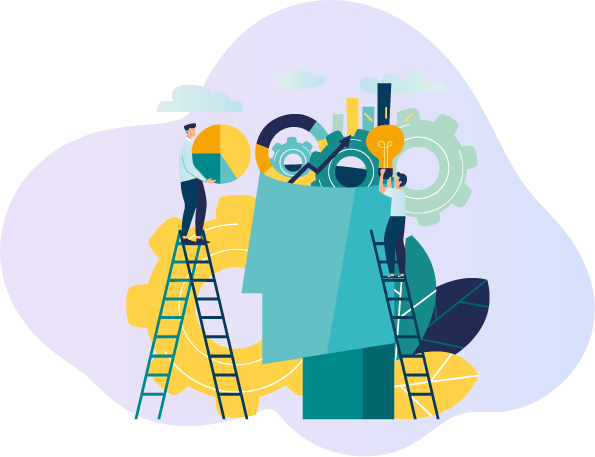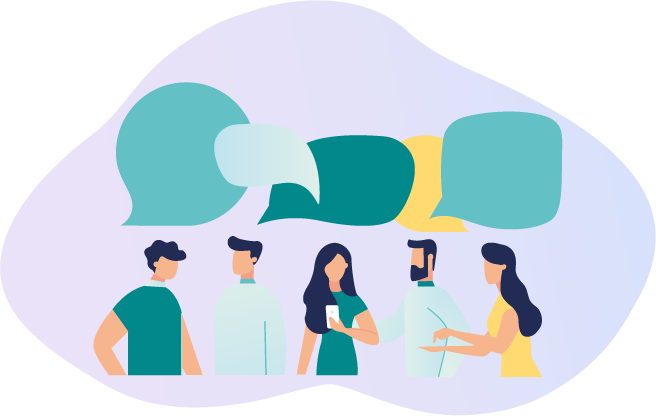Who's a Data Scientist?
Now, why has data scientist been referred to as the sexiest job of the 21st century by none other than Harvard Business review?
Consider this:
90% of the data in the world was created in the past two years (or so IBM has estimated). The world is slowly shifting online and the internet is becoming more accessible. It is estimated that every second 8 new people join the internet. Can you imagine the amount of data that is going to be generated in the future? All of this data can be analysed, understood and used by companies to understand their customers better. For example, if a coffee machine manufacturing company knew that you had just Google searched coffee machines, and best ones to buy, it would help them instantly target you through social media and other digital properties.
Major internet corporations like Amazon and Google want to keep an eye on the activities of the people on the internet for one simple reason- people are the currency of the internet. Meaning that data scientists work to figure out what people are doing online, what tools they are using and how these impact their behaviour.
What you do online, where you do it, what device you use- everything is a data insight. In the world of data science, there are three core problems: acquiring data, doing the math and taking action.
Want to pursue a career as a Data Scientist? Deep dive into this field with Mentoria’s experts.
What would you do?
Discover your Ideal future
Get expert guidance and mentorship towards your perfect fit.
Where would you work?
How do you get there?
What skills would you need?
How do you make it to the top ranks?
Junior Data Analyst
Your career in data science starts as a junior data analyst. You will learn to extract data from various sources and combine all the data in the desired format. You will follow the instructions given by senior data analysts.
Senior Data Analyst
As a senior data analyst, you will follow the instructions given by the data scientist. You will train the junior data analysts and supervise their work. You will create tools and software for collecting data and get them approved by the data scientist.
Chief Data Scientist
As you progress, your responsibilities will increase. You will head a team of junior and senior data analysts and oversee their work. You will also need to conduct meetings to give your team instructions on what has to be done.
Pursuing your career locally VS abroad
Data science combines elements from computer science, mathematics and statistics. So, it is common for students to study a related bachelor’s degree in mathematics or computer science and then pursue a master’s in data science for one or two years. A data science degree can cost roughly somewhere between INR 1,00,000 – 14,00,000 in India. You can do a BSc, BTech, BBA related to the field of Data Sciences. For a masters or PG, you would require a UG degree in a related field.
Click here to look at the best data science programmes in India.
Students can choose to study an undergraduate degree in data science, which will take around three or four years, depending on the country. The average tuition fees for a bachelor’s in data science in the US will cost you around US$35,100 (INR 25 lakhs a year). In Australia, the average tuition fees is AU$ 38,900 (INR 19.29 lakhs a year) and in Canada, the average tuition fees will cost you around C$ 35,400 (INR 19.59 lakhs a year).
A master’s degree in data science is much more common, with postgraduate science degrees available in many countries around the world. A master in sciences should cost you anywhere between INR 10.9 lakhs to INR 45 lakhs a year, with the average being around INR 23.7 lakhs for a year. To apply abroad, you would be required to show that you are proficient in English through your IELTS, PTE, or TOEFL scores. Additionally, you might be asked to furnish GRE or GMAT scores to the institute.
Click here to look at the best data science programmes abroad.
How much would you get paid?
The exact number will depend on your skill set, relevant work experience, and your qualifications. But we can give you a general idea.
What are your career options?
Discover your Ideal future
Get expert guidance and mentorship towards your perfect fit.







